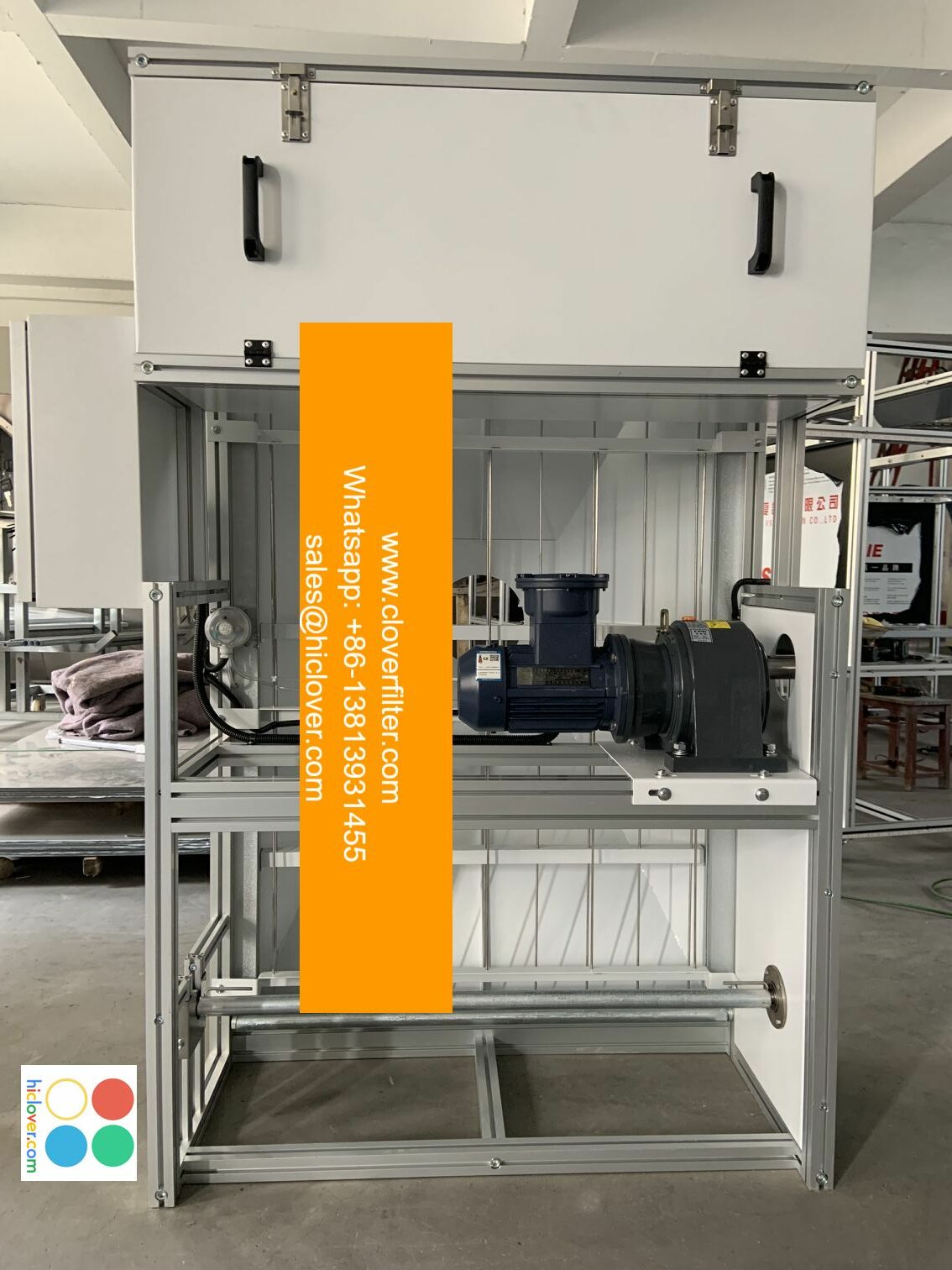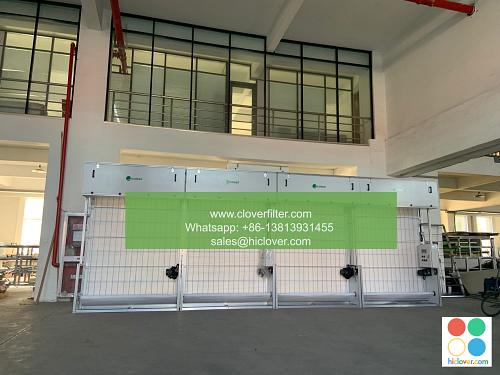Successful Air Filter Implementations in Healthcare Facilities

Healthcare facilities, such as hospitals, clinics, and nursing homes, require a high level of air quality to prevent the spread of airborne pathogens and maintain a healthy environment for patients, staff, and visitors. Air filter implementations play a crucial role in achieving this goal by removing airborne contaminants, including bacteria, viruses, and fungi. In this article, we will highlight various application areas where successful air filter implementations have made a significant impact in healthcare facilities.
Infection Control and Prevention
Airborne infections are a significant concern in healthcare facilities, and air filtration systems can help prevent the spread of diseases. HEPA filters, which can capture 99.97% of particles as small as 0.3 microns, are widely used in healthcare settings to remove airborne pathogens. Successful implementations of HEPA filtration systems have been reported in operating rooms, patient rooms, and intensive care units, where the risk of airborne infection is high.
Operating Room Air Quality
The operating room is a critical area in healthcare facilities where air quality is of utmost importance. Laminar flow ventilation systems with HEPA filters are commonly used to maintain a sterile environment and prevent surgical site infections. Successful implementations of these systems have been reported to reduce the risk of post-operative infections and improve patient outcomes.
Indoor Air Quality Monitoring and Maintenance
Regular monitoring and maintenance of air filtration systems are essential to ensure their effectiveness in removing airborne contaminants. Indoor air quality monitoring systems can help detect any deviations in air quality parameters, such as particulate matter, CO2 levels, and humidity. Successful implementations of these systems have been reported to improve indoor air quality and reduce the risk of airborne infections.
Centralized and Decentralized Air Filtration Systems
Both centralized and decentralized air filtration systems have been successfully implemented in healthcare facilities. Centralized systems can provide a high level of air quality control and are often used in large healthcare facilities. Decentralized systems, on the other hand, can provide more flexibility and are often used in smaller facilities or in areas where air quality requirements are less stringent.
Energy Efficiency and Sustainability
Energy efficiency and sustainability are becoming increasingly important in healthcare facilities. Energy-efficient air filtration systems can help reduce energy consumption and minimize the environmental impact of healthcare facilities. Successful implementations of energy-efficient systems have been reported to reduce energy costs and improve indoor air quality.
In conclusion, successful air filter implementations are critical to maintaining a healthy environment in healthcare facilities. By highlighting various application areas, including infection control and prevention, operating room air quality, indoor air quality monitoring and maintenance, centralized and decentralized air filtration systems, and energy efficiency and sustainability, we can appreciate the importance of air filtration systems in healthcare settings. As the healthcare industry continues to evolve, the role of air filter implementations will remain crucial in maintaining a healthy and safe environment for patients, staff, and visitors. You haven’t provided a prompt or question for me to respond to. Please provide more context or information so I can assist you. What would you like to talk about or ask?

